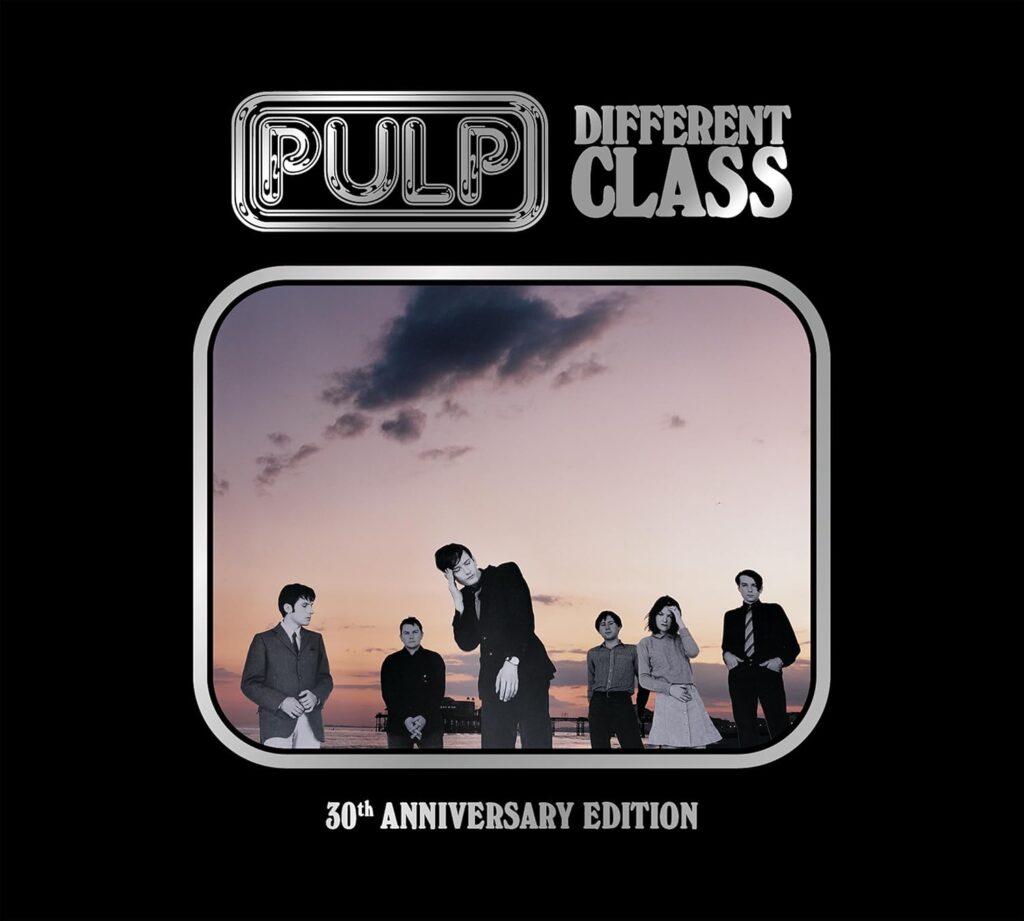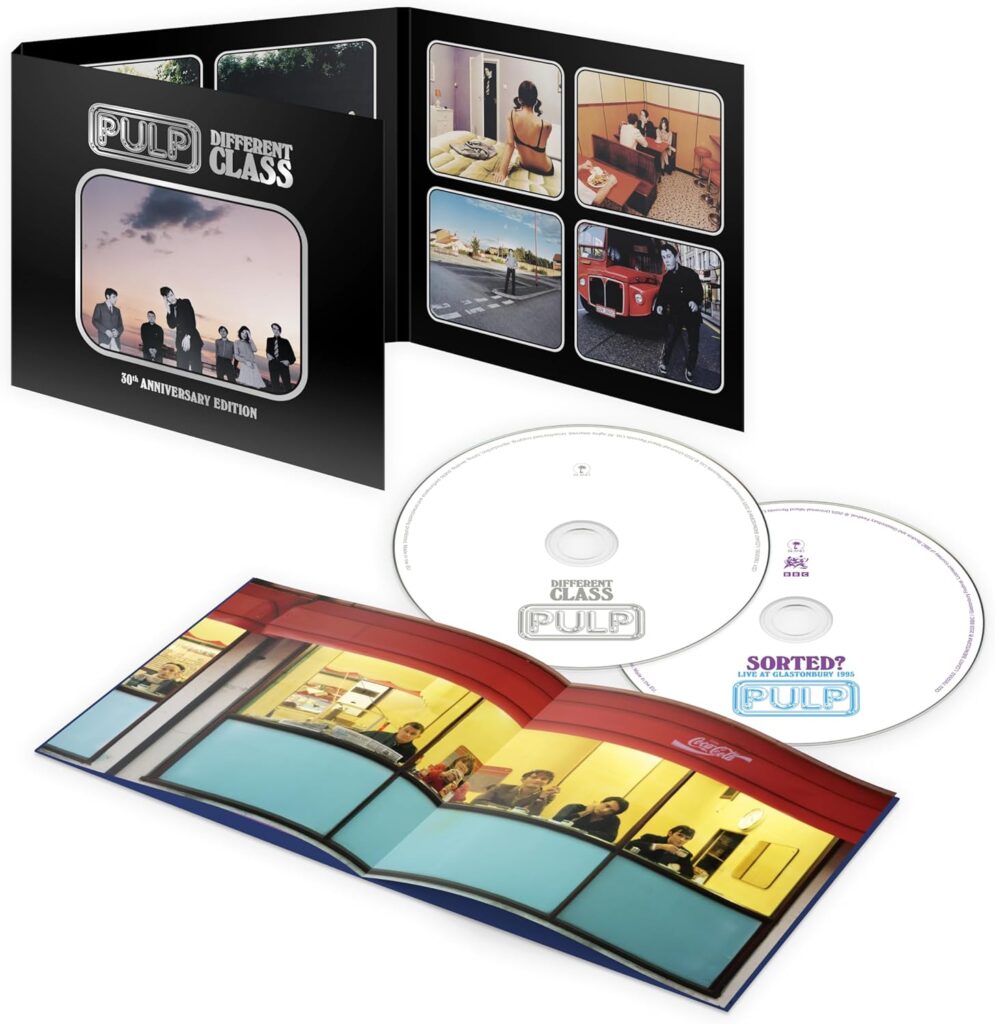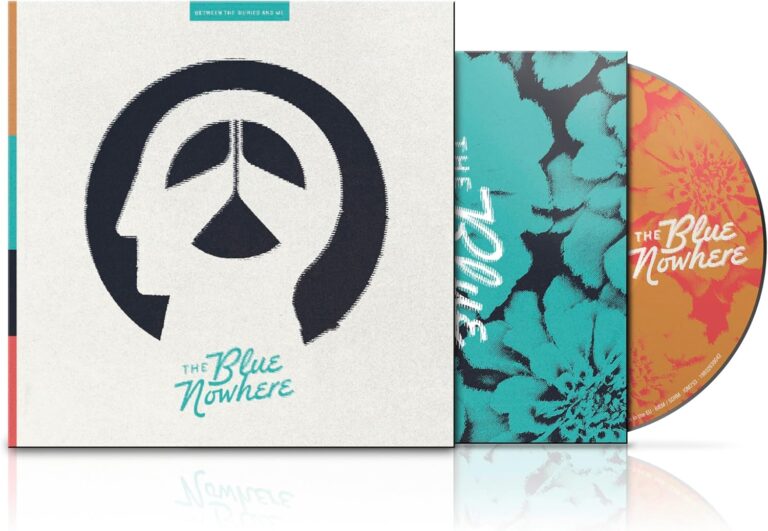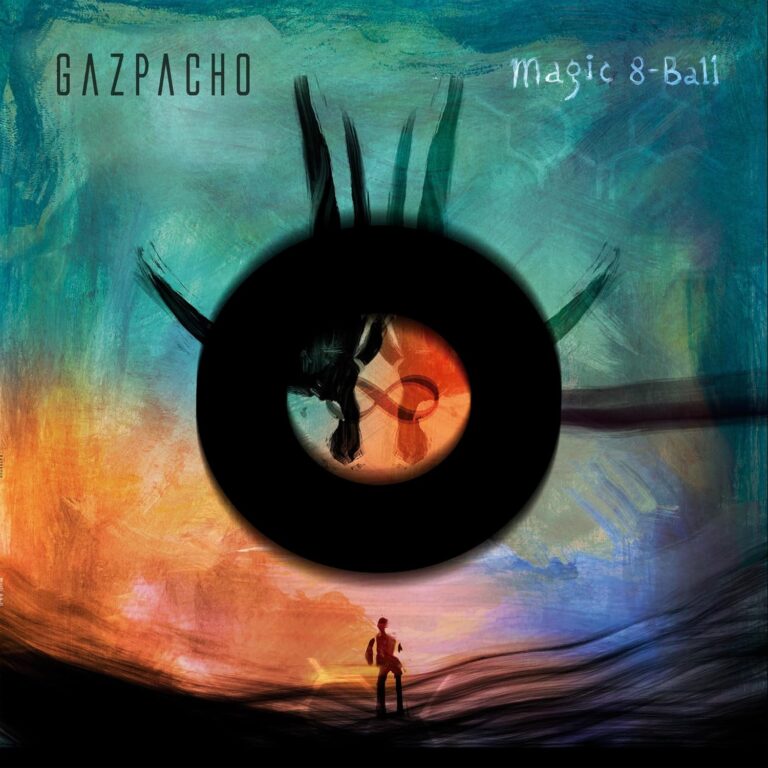
Although they would come to be lumped in with Britpop, Pulp had already seen it all and done it all by the time they released the Mercury Prize winning Different Class in 1995. The band’s fifth album, it rapidly eclipsed the impressive achievements of its predecessor, His ‘N’ Hers, bolstered by its indelible lead single, Common People, and given a further boost by the controversy that would come to surround Sorted For E’s & Whizz thanks to its Daily Mail baiting packaging. One of those rare albums where pretty much any song could have been a single, it sold by the bucketload and, as is so often the case when a band that has long craved the limelight finally gets it, it led to a level of friction that saw the mood darken considerably by the time the follow up slithered into view.
Such concerns, however, were in the band’s hardcore future and, in 1995, Pulp managed the sublime feat of ruling over both the indie and pop landscape thanks to their quirkily unique mix of social commentary, guitar fizz, and impossibly addictive melodies.
Formats
Previously reissued in 2006, this thirtieth anniversary edition offers a newly remastered album (by Geoff Pesche at Abbey Road with input from Jarvis and Mark Webber), swapping out the previous reissue’s bonus disc of unreleased tracks and b-sides for the band’s landmark 1995 Glastonbury performance. Despite preceding the actual release of Different Class, the set leans heavily on the album – a move that few bands would dare to make. Sadly, there is no expanded edition containing both the live album and the b-sides, so fans will have to keep the old set if they want to have everything to hand.
There are just two editions available, a simple digi-pack, priced at around £13 at time of writing, and a rather lovely (but incredibly expensive) vinyl set. With the latter weighing in at just over £100 but offering no additional audio material, it feels substantially overpriced, and all but the most long-suffering of Pulp fans should probably opt for the CD edition in this instance.
As for the CD, it comes housed in a simple card digipack with sliver embossed cover and a booklet containing detailed liner notes. While the foil embossing is a nice touch, these new “soft pack” style digipacks are frustrating in the extreme, not least because they are prone to tearing. While they may be more ecologically sound, they are also less secure and it’s a shame the label hasn’t included vinyl style sleeves to keep the discs safe. Otherwise, it’s a decent, if fairly standard, package – certainly at the price.

The Album
There is little to be said about Different Class that has not already been said, especially given its position as one of the landmark albums of the 90s. Brilliantly subversive, it found the band exploring the wealth of influences that had long informed their sound and twisting them into new shapes. Unlike the bands most closely aligned with Pulp’s commercial ascendency in the mid-90s, many of whom had taken refuge in single points of reference from the preceding decades, Pulp were retro-futurists, cherry picking elements from pop, post-punk, disco, and funk, to create something as oddly discomfiting as the gaudy futures depicted in A Clockwork Orange and 2001.
Even now, at a distance of thirty years, the pitch perfect production allows for an antiseptic quality on the likes of Mis-Shapes, evoking the strangely cold images that adorn the cover art. Elsewhere, tracks like F.E.E.L.I.N.G.C.A.L.L.E.D.L.O.V.E have a darker, even menacing pulse, while the jabbering Sorted For E’s & Wizz not only manages to evoke the entire festival experience in three little minutes, but it also effectively skewered the language of rave, rendering it largely unusable in the process.
Then, of course, there are those two monstrous singles, Common People and Disco 2000 – the former a spot-on and deadly analysis of class relations grounded by a melody so addictive it remains a karaoke and cover band favourite some three decades on; the latter a bitter sweet disco stomp that has only grown more potent as the teenagers who bought the single weave their way through a middle age that was a far off dream when the song first aired.
And really it is this quality, largely the result of Jarvis Cocker’s pitch perfect lyrics, that lies at the heart of the album’s longevity. Where once, the proud owners of this record lay on their beds imagining the world to come, now these same songs evoke the world as it now is – the bittersweet memories, the haunting romances, and the fleeting moments of joy that seem to become fewer year on year.
It’s not just the singles that stand out, of course. Tracks like Monday Morning and Live Bed Show boast equally perceptive lyrics and irrepressible melodies, as if the preceding fifteen years had all been leading to this one, career-defining outpouring. It’s a remarkable effort and what is now apparent is just how effective the band were at capturing the exact mix of joy, heartbreak, love, and loss that not only appeals to teenagers but which also resonates with exactly the same audience some thirty years on, albeit for very different reasons.
The term “timeless” can be somewhat overused, but in the case of Different Class there’s an argument to be made that the band created a work of art that was exactly that. From the crisp, precise production that eschewed all contemporary tricks to simply present the music in the clearest possible way to the band’s heady knack for mixing throwaway pop with post-punk, rock, indie, disco, and funk, it’s a record that could as easily have been made in 2025 or 1985, and therein lies its charm. It’s an album to discover: for the young, the lyrics are no less relevant; for the old, they’re no less evocative. Hailed as a masterpiece upon arrival, winning awards and plaudits across the board, thirty years on, it has lost none of its appeal and it was a pleasure to revisit for this review.
Disc 2:
In 1995, Pulp felt like one of the biggest bands in the world. The anticipation for Different Class was building, Common People was already being hailed as a classic and, after fifteen years of plying their trade, the band knew how to work a crowd. For those who were there, this complete set from Glastonbury 1995 (captured with brilliance by the BBC) is the ultimate time capsule. To hear the Common People doodle that opens the show is to feel silvery fingers walk up and down the spine and, if the four-to-the-floor beat that kicks off Do You Remember The First Time? Is eerily reminiscent of Blur’s Girls And Boys (with which that band opened their own set at Glastonbury 1998), it only goes to show that disco was far from dead in the mid 90s, no matter what the cool kids wished to imply.
A brilliant opening, Do You Remember The First Time? could have been written with exactly this document in mind, because it’s impossible to hear this recording without picturing the long-lost festivals of that halcyon era, before selfie culture turned Glastonbury into an extended photo-op rather than a musical event. The band are less interested in nostalgia, however, and the blazing Razzmatazz captures that sense of trying to make it through teenage parties with a freshness that speaks more to current experience than haunting memories.
Following a wonderfully understated greeting that nods to the changing political environment of the year (John Major had just resigned his leadership of the Conservative Party, an act that effectively helped to smooth the way for Tony Blair’s historic landslide two years later), Jarvis leads the band into the as-then unreleased Monday Morning, with its stabbing guitars and rampant chorus sounding just huge on the Glastonbury stage. It’s notable that, in this largely pre-internet era, the crowd still go nuts for it, as they do for Underwear, which only goes to show how instantly accessible much of the material on Different Class actually is.
One of the most seismic moments comes next in the form of Sorted For E’s & Wizz. The perfect anthem for a festival and aired in advance of the single, it is one of those rare tracks that manages to effectively capture the experience of being at a festival on a hot summer’s night and, as if to ram the point home, the band immediately follow it with an ecstatic Disco 2000, sending the audience into a frenzy that still echoes all these decades later.
With only two tracks aired from His ‘N’ Hers to this point, the band return to it with a feedback strewn Joyriders, the piercing noise rendering it largely unlistenable, which is shame because it’s a cracking track. Fortunately, Acrylic Afternoons fares better, the track’s airy synth intro receiving a rapturous response, and it’s interesting to note just how similar it sounds to where Arab Strap (who formed in the same year) were heading with their own dense mix of spoken-word commentary and occasional flashes of disco-backed rock (see Girls Of Summer).
With the set racing towards its inevitable Common People conclusion, we get one final new track, dedicated to an audience bonded by the common experience of being perennially on the outside looking in. Titled Mis-Shapes, it emerges as an anthem of hope and redemption, providing yet another example of just how effectively Jarvis’ lyrics tapped into the hopes and dreams of his audience.
From there, we get two big hitters from His ’N’ Hers – Pink Glove and Babies – both sounding immense, with Babies just having the edge in terms of audience reaction. It leaves Common People to round out this truly remarkable set, leaving the listener to return to the present with something of a bump.
A brave, era-defining set, Pulp at Glastonbury 1995 was one of those once-in-a-lifetime shows that is well captured here. For those who were there (or who tuned in jealously via TV or Radio), it’s a reminder of things now lost. For those who missed out entirely, it’s a 70-minute masterclass in indie-pop brilliance, powered by some of the most incisive lyrics the genre has to offer. Pulp would chart an uncertain course after this. They would headline Glastonbury again (in 1998, with This Is Hardcore) but, by then, the dream was also taking on the aspect of a nightmare. Here, the band were riding the wave and, for a brief moment, how magnificent it sounded.
Conclusion
This really is a no-brainer. While the original album remains flawless, the live concert would make a worthy release in its own right. Remixed and restored to its original sequence, it really does sound amazing and, while the liner notes worry that the multitrack tapes remain awol, the work done on this bonus disc is no less impressive for that. An essential document of its time, the only disappointment is that the b sides, included in the previous reissue, are absent here – as that would have made a truly definitive release. Nonetheless, for Pulp fans and newcomers alike, this is worth purchasing for the live set alone. 9/10




